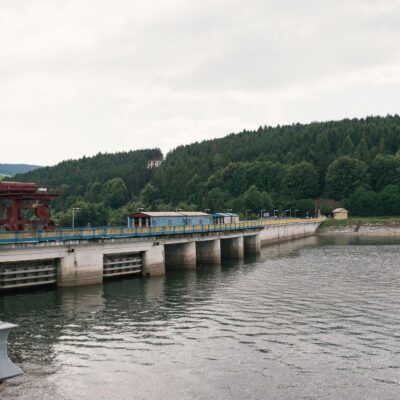
When I met people in leadership positions in a Norwegian community, they all wanted to use more time leading and less time managing. They instantly saw the difference between leadership and management, which not all people do according to John Kotter, professor of leadership at Harvard University. His definition of management is ”a set of processes that keep an organization functioning. The processes are about planning, budgeting, staffing, clarifying jobs, measuring performance and problem solving when results did not go to plan.” Leadership, on the other hand, is about aligning people to the vision, which means communication, motivation, and inspiration. Kotter continues that ”if the world is not changing and you are on top, then management is essential but leadership is not”. The reality is that the world is constantly changing so leadership is much needed, but as in the Norwegian community, management tends to take most of our time.
When I started to lead the association where I am the chair of the board, I used methods from the Genuine Contact program, which I knew would help us create a culture for leadership, making it possible for the board members and other engaged people to take initiatives and leadership for what they felt was important. This was the only way I was sure could help us to realize the goals we had set for ourselves. I knew this required clarity about vision, goals, and givens, so people's efforts were contributing to the whole and not wasted and so we worked that out. I conducted all our meetings using Whole Person Process Facilitation (WPPF) because this process supports learning and collaboration. It all worked out just fine and everyone took leadership and self-organized around what we needed to do. It all worked out just fine for everyone except for me.
Discovering High Impact Leadership
My big challenge was to find out what my role as a chair meant. My mind told me that leaders are the hardest working, they are always doing and they have control of everything. This is what the old leadership paradigm told me and I am not alone to unconsciously believe in this. Maybe it was when they invented the assembly lines that management and leadership got mixed up, when they started to treat people as things to be managed. Anyway, to feel that I was still useful I started to take on administrative work and occupied my time with a lot of to-dos. I actually went straight into the management syndrome, where many leaders are stuck and which the leaders in Norway wanted to leave.
While the different worldviews were fighting each other inside of me, I continued to support our work in a new paradigm leadership style, using Whole Person Process Facilitation and tools from the Genuine Contact Program. I had long experience with these processes and knew I could rely on them to create the culture of leadership needed to get things done. The processes helped me to stay out of the way and allow people to work, even when I really wanted to start to micromanage things. So my leadership approach worked well for everyone else, while I was trying to figure out my own dilemma.
One of my friends helped me by referring to the work of a leader as that of being a firekeeper. The firekeeper ignites the spark, keeps the fire alive and well, not too big and within its borders. Being the leader is to keep the vision alive, keep the energy high and at times redirect the group when it is going astray. It is to remind everyone about the good work already achieved and look after the culture of leadership that was created at the start with the help of the Genuine Contact Program. Being a leader in this sense is more of being than of doing, which is a big challenge for a doer like myself.
Later I read an interesting comparison of leadership versus management that confirmed the thinking about the firekeeper. It was on the Clemmer group website and said that leadership is a way of being while management is a way of doing. Leading is about commitment and it is for people, context and culture while management is about control and it is for systems, processes, and technology. So being a leader is really a way of being and being committed to following the spark that lights the way forward.
I believe every leader has been in a situation where their own mind or emotions has been playing with them. My experience is that you can still function and lead well in such situations if you have a reliable process to hold on to. I have chosen to stick to Whole Person Process Facilitation. It gives me and my fellow leaders in the group the opportunity to be all that we are and learn together, which in time leads to successful results.
What's Next?
Learn more about Whole Person Process Facilitation for leading high impact meetings.
Find an upcoming workshop near you to learn how to facilitate meetings this way in your own organization or organizations you work with.
Author
-

Supporting extraordinary leaders to create a culture of leadership and to keep their own health and balance in a constantly changing environment.
View all posts









Leave a Reply